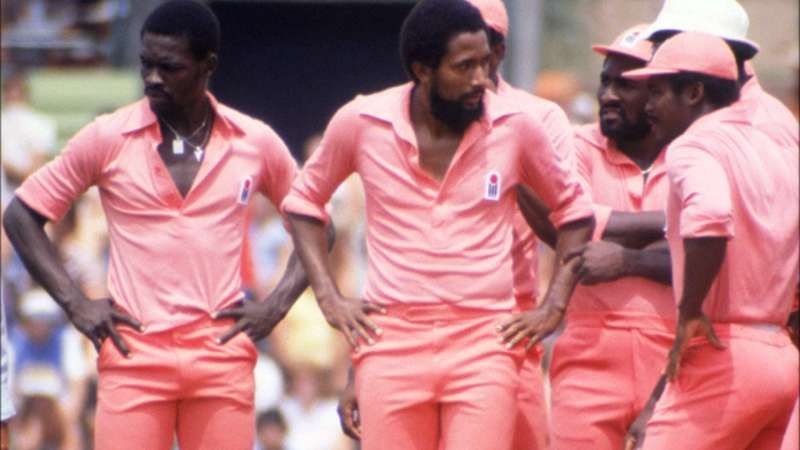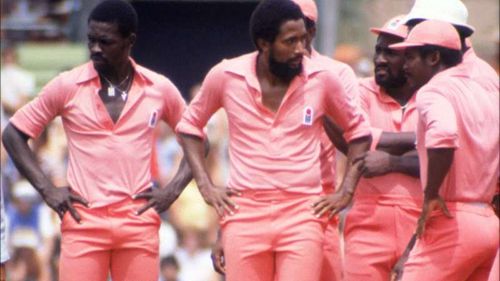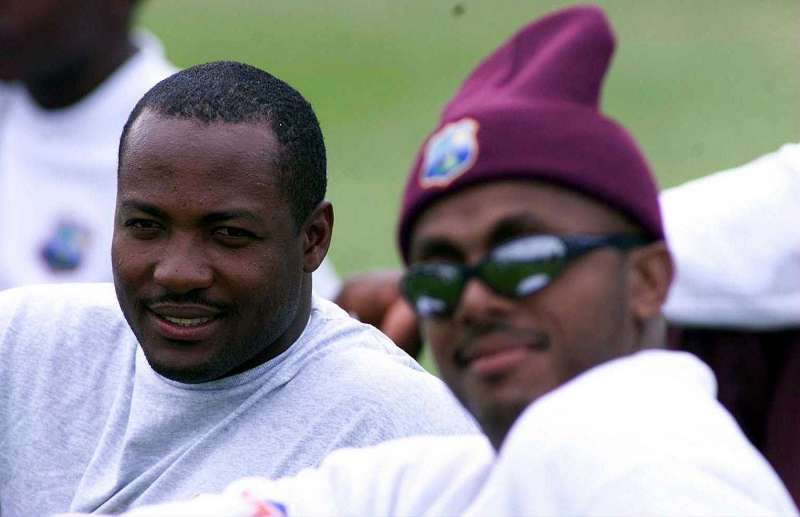
The decline of West Indies Cricket
Seldom does one get to witness a fall as dramatic as that of the West Indies cricket team in international cricket, or for that matter, in any walk of life. The West Indies were so dominant in the 70's and 80's that all the other teams struggled to compete at the same level.
During the post-war period of the 50s and 60s, they were struggling to make a mark in international cricket, amidst the racial tensions within the team and the country(The West Indies team always had a white captain till the 1950s).Then they got their act together to build a team which was to dominate world cricket for next two decades.
The islanders produced naturally talented players who could rewrite the textbooks of stroke play and quality fast bowling.
Historic event
In an unprecedented turn of events, Frank Worrell became the first non-white captain to lead the West Indies cricket team for the Australia and England Tours in 1960-61. He was described by many as a poised and dignified captain who was responsible for transforming a bunch of talented individuals into a unified team.
It was then that the team really started to believe in themselves and went on to dominate the rest of the world for two decades. Gary Sobers, still considered by many as the best all rounder of all time, was a big match winner whose contributions propelled West Indies to the top of the ranking charts. He also led the team to many victories, both home and away.
Era of dominance and Fire in Babylon
Then, in the 1970's, entered Clive Lloyd, who used his cricketing acumen and leadership skills to take West Indian cricket to a different level. Of course it did help that the team comprised of legends like Vivian Richards, Gordon Greenidge, Desmond Haynes, Malcolm Marshall, Joel Garner, Michael Holding.
The batsmen were destructive and attacking while the bowlers were dangerous with menacing pace. Lloyd also ensured that the team played fearless cricket with an attacking mindset at all times, and this high self-belief instilled in them the confidence to perform at their best at all times.
The team had reached great heights winning back-to-back Cricket World Cups and a host of bilateral series, both home and away. The West Indies team was so dominant that a documentary "Fire in Babylon" was made two decades later in their memory.
The Decline
In the early 1990s, a number of West Indian legends retired from the game and with this began the period of sudden decline. It took a decade to build a champion team, but just took a couple of years for the team to slide in the rankings chart. The talent was there, but with the WICB facing severe financial difficulties then, the cricket team faced consecutive defeats at the hands of teams such as India, Australia, England.
The players were not self-motivated to compete and kept underperforming series after series. The WICB were never financially strong, even in the 70s and 80s but back then the players were incredibly talented and were able to perform at their peak, financial difficulties notwithstanding.
To be honest, quite a few players were talented in the 1990s but they were not as gifted and as motivated as their predecessors were. Also, the team never had a strong and stable captain – Brian Lara, a notable exception. Even though there were batting legends like Lara, Shiv Chanderpaul and bowlers like Curtly Ambrose, Courtney Walsh, the team had to depend on these players every time.
This resulted in added pressure on these players every time they took the field. Even though there were individually brilliant performances from players like Lara and Walsh, the players could never contribute as a team and this led to series defeats, a majority of them coming away.
The lack of motivation, no permanent contracts with the cricket board, lack of self-belief were all primary causes for the decline.
Even though the team lost a few series and was lurking at the bottom of the rankings chart, they managed to win at home, and also managed to win a few memorable matches, like the 1996 quarterfinal against South Africa and the famous 2003 test match against Australia.
Further Decline
Once the remaining legends like Lara, Walsh and Ambrose retired at around the same time, the team witnessed another sharp decline, so much so that they were ranked second-last in both Test Matches and ODIs among Test Playing Nations in 2013.
The frequent altercation between the player associations and the players themselves did not help their cause. As a result, the focus was never totally on the game, this coupled with a lack of confidence led them to dish out mediocre performances. The decline was so steep that they could not even qualify for the 2017 Champions Trophy.
Also Read: How the West Indies cricket team overcame administrative problems to become World Champions
There is no doubt that there are a few very talented players in the set-up but with no permanent contracts and indifferences with the cricket board, most of these players do not consider playing for West Indies as their primary goal, instead preferring to direct their energies at the highly lucrative T20 leagues around the world.
Yes, the West Indies are a champion team in T20's but with the absence of highly talented players in the Test and ODI teams, and with no high-skilled player to boast of, the team is still not able to replicate their T20 performances in ODI's and Tests.
Hope for the Future
Of course with everything in cricket, there are positives to look forward too. Jason Holder has been entrusted the responsibility of leading the Test and ODI teams. With a cool head and good leadership skills, he can be the man to propel this team to reach great heights.
However, cricket is never an individual game. Holder will require necessary support from all his other players and will also need senior players like Marlon Samuels, Darren Bravo to step up and lift their game.
We can only hope that the West Indies team can replicate the success of the 70s and 80s but there is a lot of work to be done to get there.

